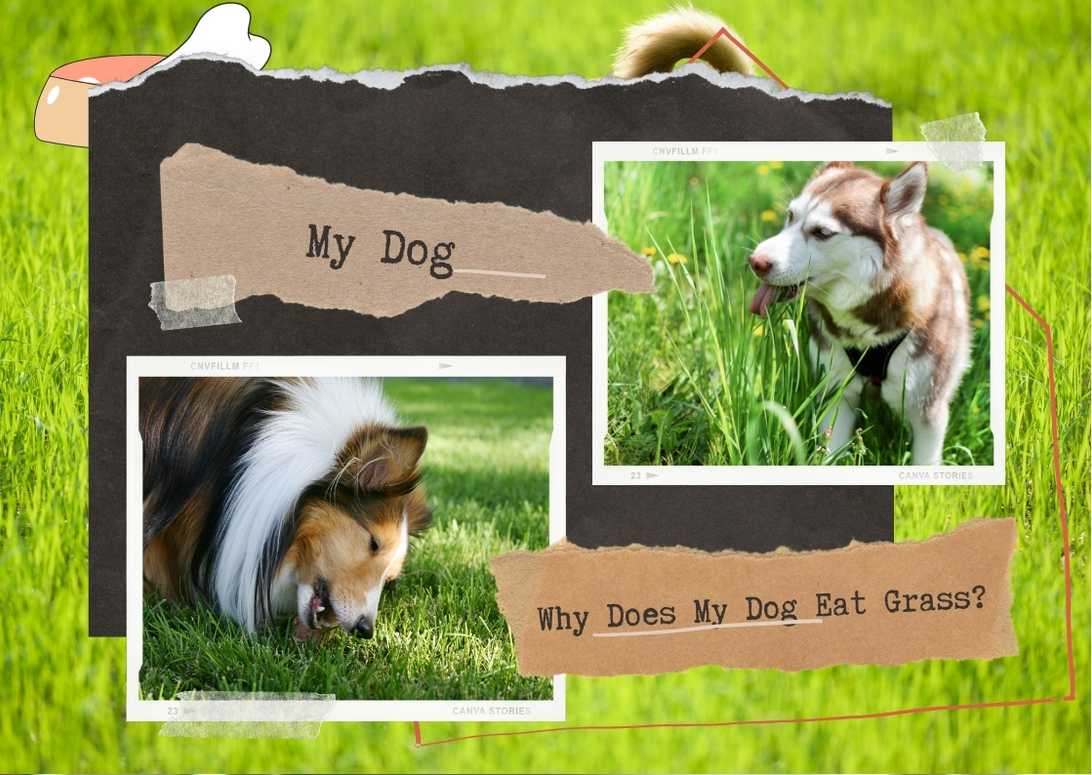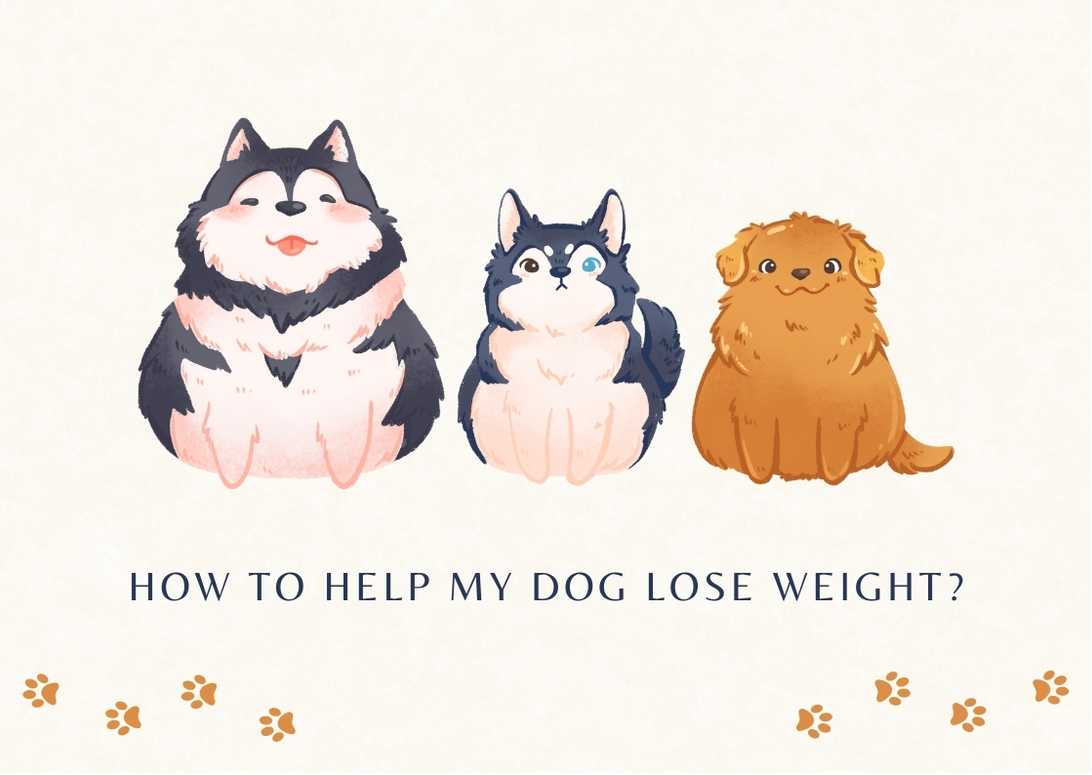How To Teach A Dog To Heel
Are you tired of constantly struggling with your dog pulling on the leash during walks? Well, I’ve got some great news for you! I’m here to share a simple and effective method that will teach your dog to heel like a pro. With just a little patience and some positive reinforcement techniques, you can easily train your furry friend to walk calmly by your side.
In this article, I’ll guide you through the step-by-step process of teaching your dog to heel using a treat as a guide. We’ll start by focusing on attention and building your dog’s focus towards you.
Then, we’ll move on to hand targeting exercises that will help establish the desired walking position. As we progress, we’ll gradually increase the distance between us and work on adding verbal commands for even better control.
Finally, we’ll discuss how consistent practice and reinforcement are key to solidifying this new behavior in your dog’s mind.
So get ready to say goodbye to those frustrating walks where you feel like your arm might be pulled out of its socket! By following these training techniques, soon enough you’ll be enjoying peaceful strolls with your well-behaved canine companion who knows exactly how to heel.
Let’s dive in and make those walks enjoyable again!
Important Points
- Positive reinforcement and patience are key in teaching a dog to heel on a leash.
- Hand targeting exercises can help establish the desired walking position.
- Gradually introduce distractions to test the dog’s focus and maintain engagement.
- Consistent practice and reinforcement are necessary for successful heeling training.
How to Train Heel
When teaching your dog to heel, remember to click and treat for attention and hand targeting before increasing the difficulty level. Start by getting your dog’s attention and rewarding them for looking at you. You can use a clicker or say ‘yes’ to mark the behavior, then give them a treat. Repeat this several times until your dog is consistently giving you their attention when you ask for it.
Once your dog understands the concept of paying attention to you, you can move on to hand targeting. Hold out your hand in front of your dog’s nose and reward them for touching their nose to your hand. Use the clicker or say ‘yes’ followed by a treat as a reward. This helps teach your dog how to follow your hand and stay close by your side.
After practicing attention and hand targeting, you can start working on heel positioning with leash control. Walk slowly with your dog beside you on a loose leash, using treats as rewards for maintaining the correct position. Gradually increase the duration of walking in heel position before rewarding.
As you progress, introduce distractions gradually, such as other people or dogs passing by. If at any point your dog starts to pull or lose focus, go back to an easier level of training and work on reinforcing their attention and focus again.
Remember that off-leash heeling and competition obedience require additional training beyond basic heel training on leash. It’s important to continue practicing these skills in different environments and situations to ensure that your dog has solid obedience skills both on and off leash.
Now let’s transition into the next section about attention and focus without writing ‘step’.
Attention and Focus
To get your furry friend’s undivided attention, reward them for staying close and following your lead. Building engagement is key in teaching your dog to heel on a leash. Here are four tips to help you achieve this:
Reducing distractions: Start training in a quiet and familiar environment to minimize distractions. As your dog becomes more proficient, gradually introduce more challenging environments with increased distractions.
Eye contact exercises: Teach your dog to make eye contact with you on command. Begin by holding a treat near your face and saying their name followed by the command ‘look.’ Reward them when they make eye contact with you. Practice this exercise regularly during training sessions to reinforce their focus on you.
Impulse control training: Teach your dog self-control by incorporating impulse control exercises into their training routine. For example, ask them to sit and stay while you walk away or throw a toy and wait for your signal before retrieving it. This helps them learn patience and obedience.
Reinforcing calm behavior: Reward calm behavior by praising and treating your dog when they exhibit relaxed body language and follow commands calmly without pulling or lunging on the leash.
By implementing these strategies, you can build engagement with your dog and encourage them to pay attention to you while heeling on a leash. Now let’s move onto the next step of training – hand targeting – which will further strengthen their connection with you as their handler.
Hand Targeting
Start by extending your hand in front of you, palm facing up, and encourage your dog to touch their nose to your hand. This is the basic concept of hand targeting. Teaching your dog to target your hand with their nose has several benefits.
Firstly, it helps build a strong bond between you and your furry friend. By using positive reinforcement, such as treats or praise, when they touch their nose to your hand, you’re rewarding them for engaging with you and paying attention.
Secondly, hand targeting can be used as a way to redirect your dog’s focus onto you in distracting situations. If they start getting distracted or pulling on the leash during walks, simply present your hand and ask them to touch it. This helps bring their attention back to you and reminds them of the desired behavior.
There are different techniques for hand targeting that you can try with your dog. One technique is holding out a flat palm for them to touch with their nose. Another technique involves using a closed fist and gradually opening it as they approach so that they learn to target an open palm. You can also experiment with different positions for the target hand, such as holding it higher or lower, to teach them variety and flexibility in following commands.
Hand targeting can also be incorporated into obedience exercises and leash training. Once your dog has mastered touching their nose to your extended hand indoors, you can start practicing this skill outside while walking on a leash. Use the same command or cue word that you’ve been using during indoor training sessions and encourage them to stay close by offering your hand as a target periodically throughout the walk.
Incorporating more advanced hand targeting exercises into training sessions can further enhance communication between you and your dog. For example, instead of just presenting one static target position like an extended palm, you can start moving your target hand around in different directions or heights while asking them to follow along with their nose. This not only improves their responsiveness to your commands but also increases their focus and mental stimulation.
Now that your dog has mastered the basics of hand targeting, it’s time to move on to increasing distance. By gradually increasing the distance between you and your dog while still maintaining their attention on your target hand, you can prepare them for more advanced training exercises. This will be discussed in the next section about increasing distance.
Increasing Distance
Once your pup has nailed the art of hand targeting, it’s time to take things up a notch and expand the distance between you two.
Increasing the distance is an important step in leash training and teaching your dog to heel effectively. Start by taking a few steps forward while holding out a treat in front of your dog’s nose and giving the command ‘heel.’
As your dog walks alongside you, reward them with a click, a treat, and verbal praise for every couple of steps they take in stride with you. Gradually increase the number of steps you take before rewarding them, making sure to keep their attention focused on you.
Walking exercises are great for increasing distance while heeling. Practice walking in different directions such as circles or figure eights, encouraging your dog to stay close to your side throughout.
Introduce distractions gradually, such as other dogs or people passing by, and reward your dog for maintaining focus on you even amidst distractions. This will help them learn to maintain their position regardless of what is happening around them.
Once your pup has mastered heeling on leash at various distances and can do so reliably even with distractions present, it’s time to move on to off-leash heeling. Remember that off-leash training should only be done in safe and enclosed areas until your dog has proven reliable obedience skills.
With consistent practice and positive reinforcement, your furry friend will soon be able to heel both on and off leash like a pro.
Now that we have covered increasing distance during heeling exercises, let’s move on to adding a verbal command without skipping a beat.
Adding Verbal Command
After mastering the art of hand targeting, it’s time to add a verbal command to your dog’s heeling training. Verbal cues for leash training are an important aspect of teaching your dog to heel on command. Choose a word or phrase that’s easy for you to remember and say consistently, such as ‘heel’ or ‘walk’.
As you walk with your dog on a leash, use the verbal command just before you start walking. This’ll help your dog associate the command with the action of walking by your side.
Consistency is key when it comes to heel training. Make sure to use the same verbal cue every time you want your dog to heel and reinforce this behavior consistently. Using positive reinforcement, such as treats and praise, will help motivate your dog and make the training process enjoyable for both of you. Whenever your dog successfully heels beside you after hearing the verbal command, reward them with a clicker, treat, and verbal complement. This positive reinforcement will strengthen their understanding of what you expect from them.
As your dog becomes more proficient in heeling on command, gradually transition from using treats as rewards to praising and petting them instead. This’ll help wean them off relying solely on treats for motivation. Remember that each dog is different and may progress at their own pace in learning how to heel effectively. Troubleshoot common issues that may arise during heel training, such as distractions or pulling on the leash, by redirecting their attention back towards you and rewarding good behavior.
Now that we’ve added a verbal command to our heeling training, let’s move on to practicing this skill regularly and reinforcing it in various environments without writing ‘step’.
Practice and Reinforcement
To keep things interesting and enjoyable for both you and your furry companion, it’s time to put your heeling training into action by practicing regularly in different environments. This will help your dog generalize the behavior and learn to heel no matter where you are.
Remember to use positive reinforcement techniques during practice sessions, such as giving treats and verbal compliments when your dog walks in stride with you. By consistently rewarding the desired behavior, you’re reinforcing the idea that walking beside you is a positive experience for your dog.
In addition to maintaining consistency in training, it’s important to have patience and persistence when teaching your dog to heel. Some dogs may pick up the behavior quickly, while others may take more time to grasp it. Be patient with your furry friend and continue practicing regularly until they understand what’s expected of them.
Using visual cues can also be helpful in reinforcing heel behavior. For example, you can use a hand signal or point to your side when you want your dog to come alongside you. This visual cue acts as a reminder for them to stay close and walk calmly beside you.
Now that we’ve covered the practice and reinforcement aspect of teaching your dog to heel, let’s move on to troubleshooting common challenges that may arise during the training process.
Troubleshooting
Now that we’ve practiced and reinforced the heel position with our dogs, let’s move on to troubleshooting.
It’s important to be aware of common mistakes that may occur during the training process. One common mistake is allowing your dog to pull on the leash or wander off to sniff or explore. To avoid this, it’s essential to stay consistent with your expectations and reinforce the heel position consistently.
Another challenge you may encounter is dealing with distractions. Dogs are naturally curious creatures, so it’s normal for them to get distracted by their surroundings. To overcome this, start training in a quiet and familiar environment before gradually introducing more distractions. You can also use positive reinforcement techniques such as rewarding your dog with treats or praise when they maintain the heel position despite distractions.
To reinforce the heel position further, you can build duration and distance gradually. Start by practicing short walks in heel position and gradually increase the length of time and distance over multiple sessions. Remember to reward your dog for maintaining the correct position throughout.
Lastly, always remember to use positive reinforcement techniques throughout the training process. This means rewarding your dog for desired behaviors rather than punishing them for mistakes. Positive reinforcement not only motivates your dog but also builds a strong bond between you and your furry friend.
By being mindful of these common mistakes, managing distractions, reinforcing the heel position consistently, building duration and distance gradually, and using positive reinforcement techniques, you’ll be well on your way to teaching your dog how to heel like a pro!
Frequently Asked Questions
Can I teach my dog to heel without using treats as rewards?
Yes, you can teach your dog to heel without using treats as rewards. Positive reinforcement alternatives include incorporating clicker training, using toys and play as rewards, building a strong bond and trust, and using verbal praise and physical affection as non-food rewards for heeling.
How long does it typically take to train a dog to heel?
It typically takes a few weeks to several months to train a dog to heel. Training techniques for different surfaces include practicing on grass, pavement, and uneven terrain. Common mistakes to avoid are pulling the leash and inconsistent rewards. Tips for training multiple dogs include using separate commands and starting with one dog at a time. To transition from on leash to off leash heeling, gradually increase distance and practice in a controlled environment. The benefits of teaching a dog to heel include better control during walks, improved focus, and increased bonding between owner and dog.
What should I do if my dog gets distracted while trying to heel?
If my dog gets distracted while trying to heel, I would use techniques for redirecting a distracted dog. I would use positive reinforcement to regain focus, incorporate mental stimulation exercises, and implement clicker training to reinforce proper heeling behavior. If the distractions persist, seeking professional help is recommended.
Should I use a specific type of leash or collar when teaching my dog to heel?
When teaching my dog to heel, I prefer using a martingale collar for better control. Different types of leashes like the slip lead or traffic lead can also be helpful. Additionally, incorporating distractions and using alternative rewards can improve training. Advanced techniques include heeling without a leash.
Can I teach my dog to heel off-leash?
Yes, you can teach your dog to heel off-leash using advanced obedience training techniques. Building trust and reliability is key, along with incorporating distractions. Overcoming challenges is important, and different breeds may have varying benefits and drawbacks to off leash heeling.
Conclusion
In conclusion, teaching your dog to heel isn’t just possible, but it’s also incredibly rewarding. By following the simple steps outlined in this article, you can transform your daily walks into a pleasant and enjoyable experience for both you and your furry companion.
First and foremost, remember that patience is key. Training takes time and consistent effort, but the results are well worth it. As you work on building your dog’s attention and focus through hand targeting exercises, you’ll begin to see a noticeable improvement in their ability to walk calmly by your side.
As you progress with the training, don’t forget to add a verbal command to signal when it’s time for your dog to heel. This’ll help solidify their understanding of the behavior and make it easier for them to respond consistently.
Practice makes perfect, so be sure to set aside regular training sessions dedicated specifically to heeling. And remember, positive reinforcement is crucial throughout the process. Rewarding your pup with treats and praise whenever they successfully maintain a proper heel position will reinforce their good behavior and motivate them to continue doing so.
Now, here comes the hyperbole: With these techniques at your disposal, you’ll soon find yourself walking down the street with ease as if you’re gliding on air! Imagine effortlessly strolling alongside your well-behaved canine companion without any leash pulling or distractions. It may seem too good to be true, but with dedication and consistency, this dream-like scenario can become a reality.
So don’t give up on those frustrating walks just yet! Take charge of the situation by implementing these training methods and watch as your dog transforms into an obedient heeler. With time and practice, both you and your furry friend will enjoy peaceful walks together like never before.








